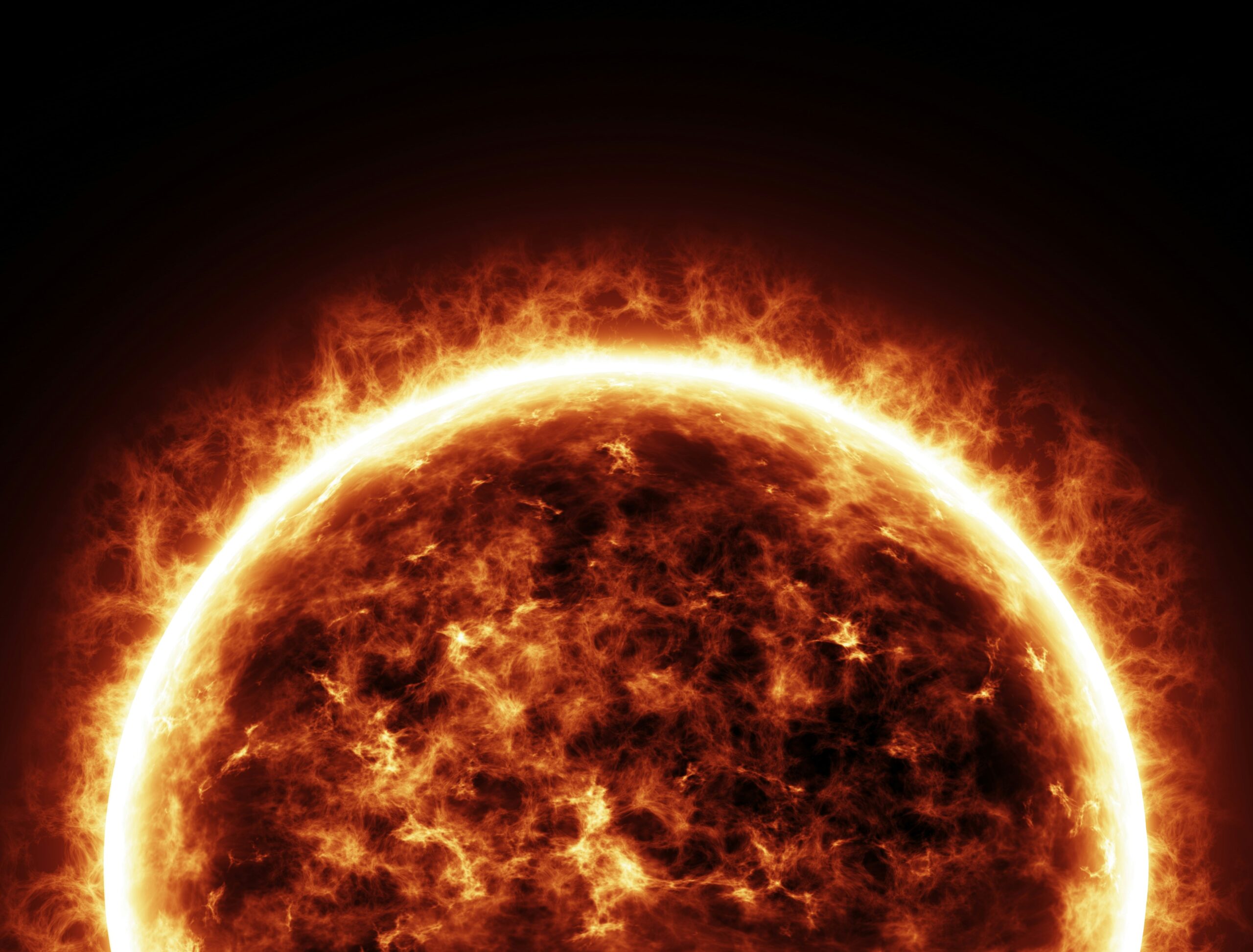The Sun, our life-giving star, is also the Solar System’s most powerful particle accelerator. It hurls vast amounts of energetic material into space, sometimes with incredible force. Among these outbursts are electrons that can travel nearly at the speed of light, flooding space with dangerous radiation known as Solar Energetic Electrons (SEEs).
Now, thanks to groundbreaking observations, the Solar Orbiter traces superfast electrons back to the Sun with greater precision than ever before. The European Space Agency (ESA)-led mission, working in collaboration with NASA, has identified two distinct types of SEE events, each linked to different kinds of solar eruptions. This discovery marks a major milestone in understanding how space weather begins, spreads, and impacts Earth.
Two Paths from the Sun: Solar Flares and CMEs
The Solar Orbiter traces superfast electrons back to the Sun and finds they fall into two distinct categories:
- Impulsive Events – Fast bursts of electrons linked to solar flares, which are localized explosions on the Sun’s surface.
- Gradual Events – Longer-lasting floods of electrons tied to coronal mass ejections (CMEs), enormous eruptions of plasma from the Sun’s atmosphere.
Dr. Alexander Warmuth, lead author of the study from the Leibniz Institute for Astrophysics Potsdam, explained that only by examining hundreds of events could researchers confirm this separation with confidence. By positioning itself closer to the Sun than previous missions, Solar Orbiter captured electrons in their early, “pristine” state—before turbulence in space distorted their signals.
The Science Behind the Discovery
To achieve this breakthrough, scientists used eight of the ten instruments aboard Solar Orbiter. Between November 2020 and December 2022, the mission observed more than 300 SEE events.
The Energetic Particle Detector (EPD) measured electron streams in space, while instruments like the Extreme Ultraviolet Imager (EUI) and Spectrometer/Telescope for Imaging X-rays (STIX) observed the Sun’s surface activity in real time. By combining these readings, scientists could link solar flares and CMEs directly to the streams of electrons detected in space.
This is the first time researchers have seen such a clear connection between solar events and the energetic particles they produce. The ability of the Solar Orbiter to fly directly through the electron streams gave it an unmatched vantage point, making it possible to measure both the source and the journey of the particles.
Why Do Electrons Take Time to Arrive?
One puzzle that astronomers have faced is the time lag between solar outbursts and the detection of SEE events. Sometimes electrons appear to escape the Sun hours after a flare or CME has already erupted.
The Solar Orbiter traces superfast electrons back to the Sun and reveals that this lag is partly due to the turbulent environment between the Sun and Earth. The solar wind, a constant stream of charged particles carrying the Sun’s magnetic field, scatters and redirects electrons as they travel. This means that even if electrons are released immediately, we may not detect them right away.
Laura Rodríguez-García, an ESA Research Fellow, noted:
“Electrons encounter turbulence, get scattered in different directions, and so we don’t spot them immediately. These effects build up as you move further from the Sun.”

Protecting Earth: Why This Matters
The insights from Solar Orbiter are more than just a scientific curiosity. By distinguishing between impulsive and gradual SEE events, researchers can now improve space weather forecasting.
Space weather—triggered by solar flares and CMEs—can:
- Damage satellites and spacecraft electronics.
- Expose astronauts to harmful radiation.
- Disrupt GPS, radio, and communications systems.
- Cause power grid failures on Earth.
Among the two types of SEE events, CME-related ones are especially dangerous, as they carry larger swells of high-energy particles. Understanding these early is critical to shielding both astronauts and technology from potential harm.
Solar Orbiter’s Role in Future Discoveries
This study highlights just one of the many goals of the Solar Orbiter mission: to observe the Sun up close, connecting solar events to their impacts across the Solar System.
Daniel Müller, ESA Project Scientist for Solar Orbiter, emphasized the importance of this achievement:
“During its first five years in space, Solar Orbiter has observed a wealth of Solar Energetic Electron events. We’ve been able to perform detailed analyses and assemble a unique database for the global community to explore.”
Looking ahead, ESA plans new missions to complement Solar Orbiter:
- ESA’s Vigil Mission (launch 2031): Will monitor the Sun’s “side view” to provide advanced warnings of solar storms.
- ESA’s Smile Mission (launch 2026): Will investigate how Earth’s magnetic field responds to constant solar winds and bursts of radiation.
Together, these efforts will deepen our understanding of how the Sun influences space weather—and how humanity can prepare.
Conclusion: Tracing the Sun’s Secrets
For decades, scientists knew that the Sun produced different types of energetic electrons, but they lacked the tools to connect them directly to solar events. Now, as the Solar Orbiter traces superfast electrons back to the Sun, the mystery is unraveling.
This breakthrough not only answers long-standing scientific questions but also strengthens our ability to forecast and protect against solar storms. With each new discovery, Solar Orbiter brings us closer to understanding the powerful star that sustains—and sometimes threatens—life on Earth.
Related Reading
ESA Source: Double trouble: Solar Orbiter traces superfast electrons back to Sun



hyymm5
plpa3f